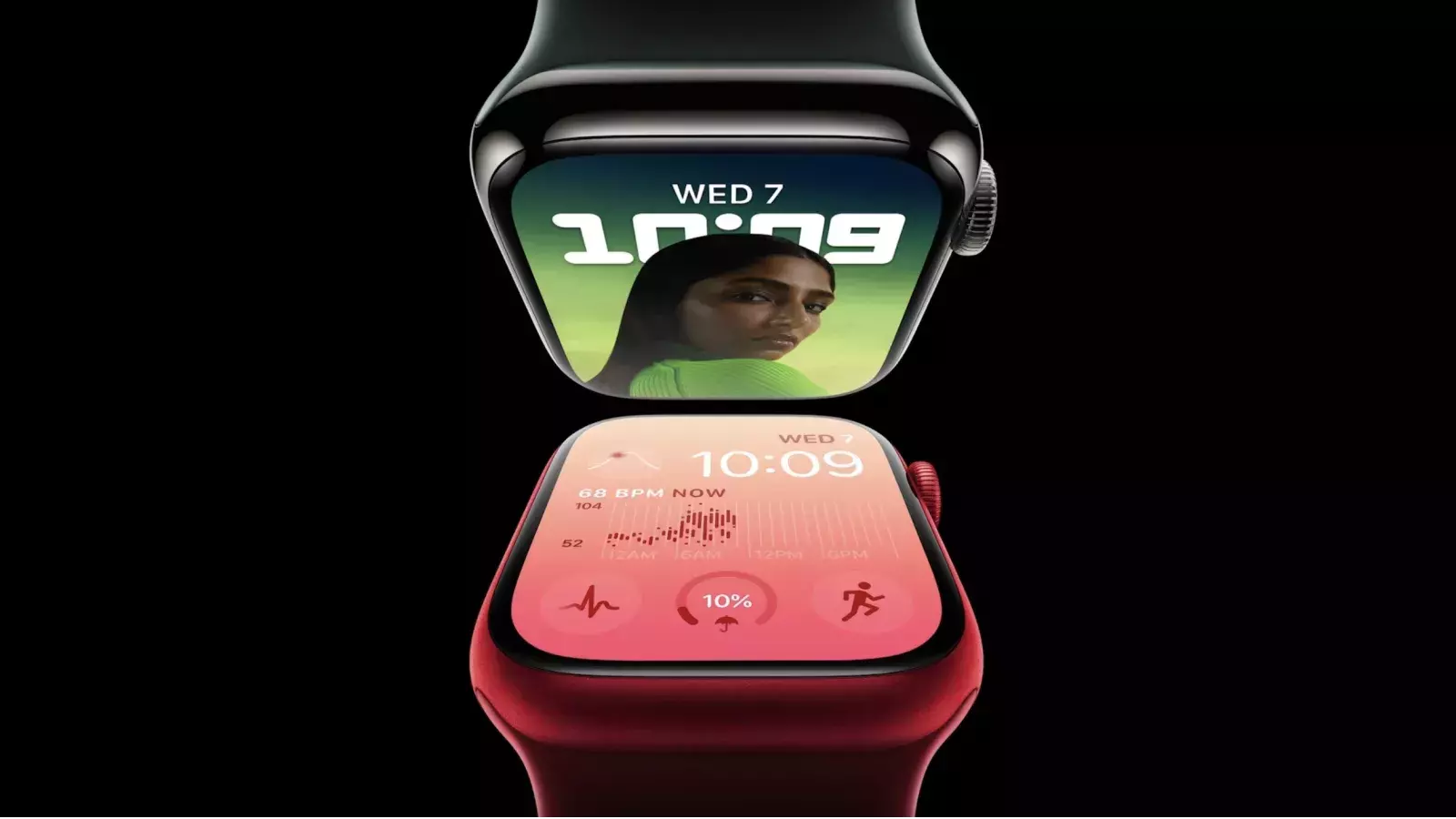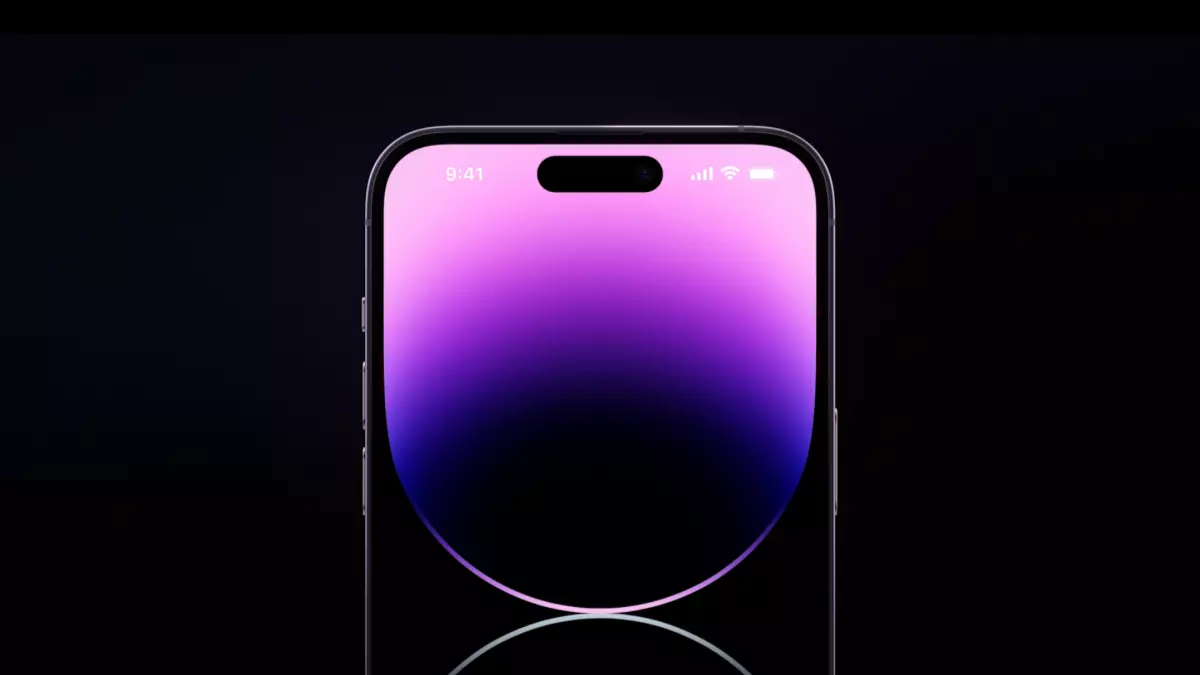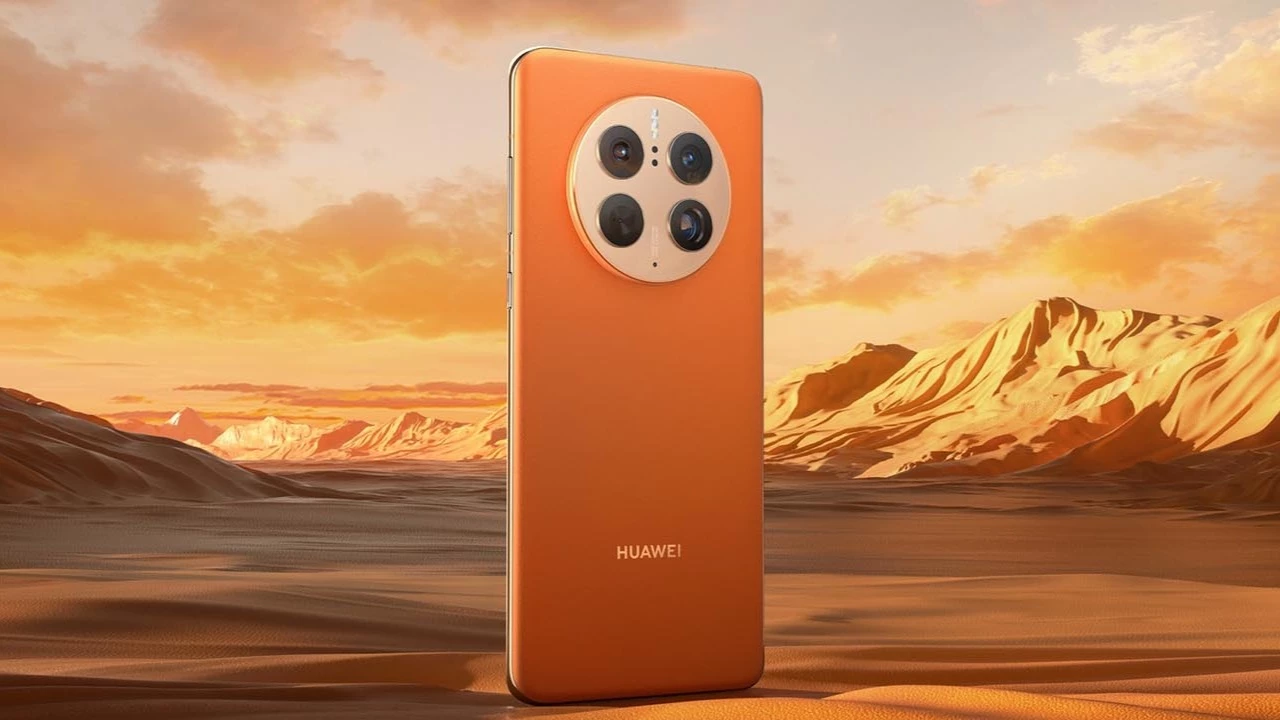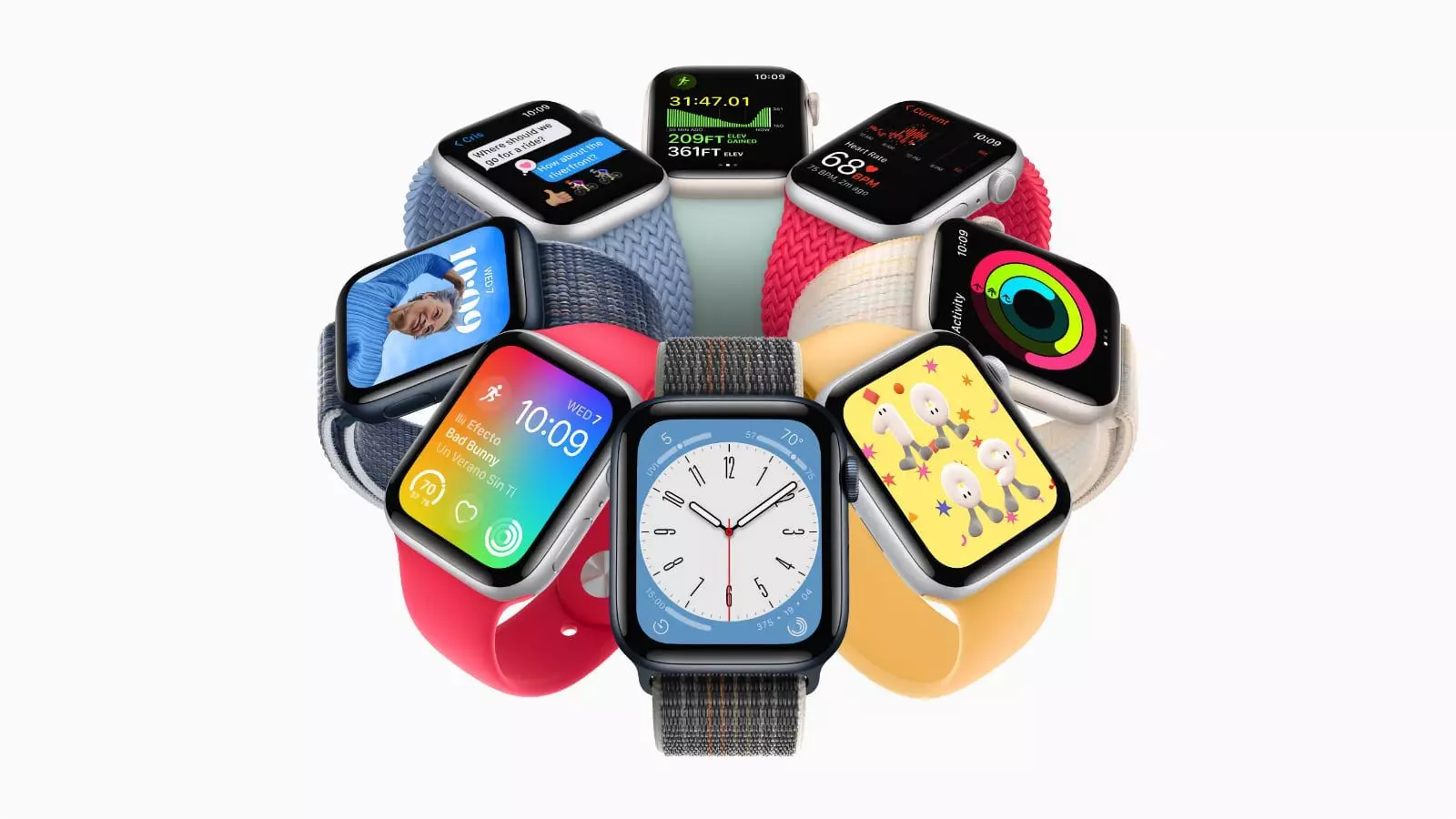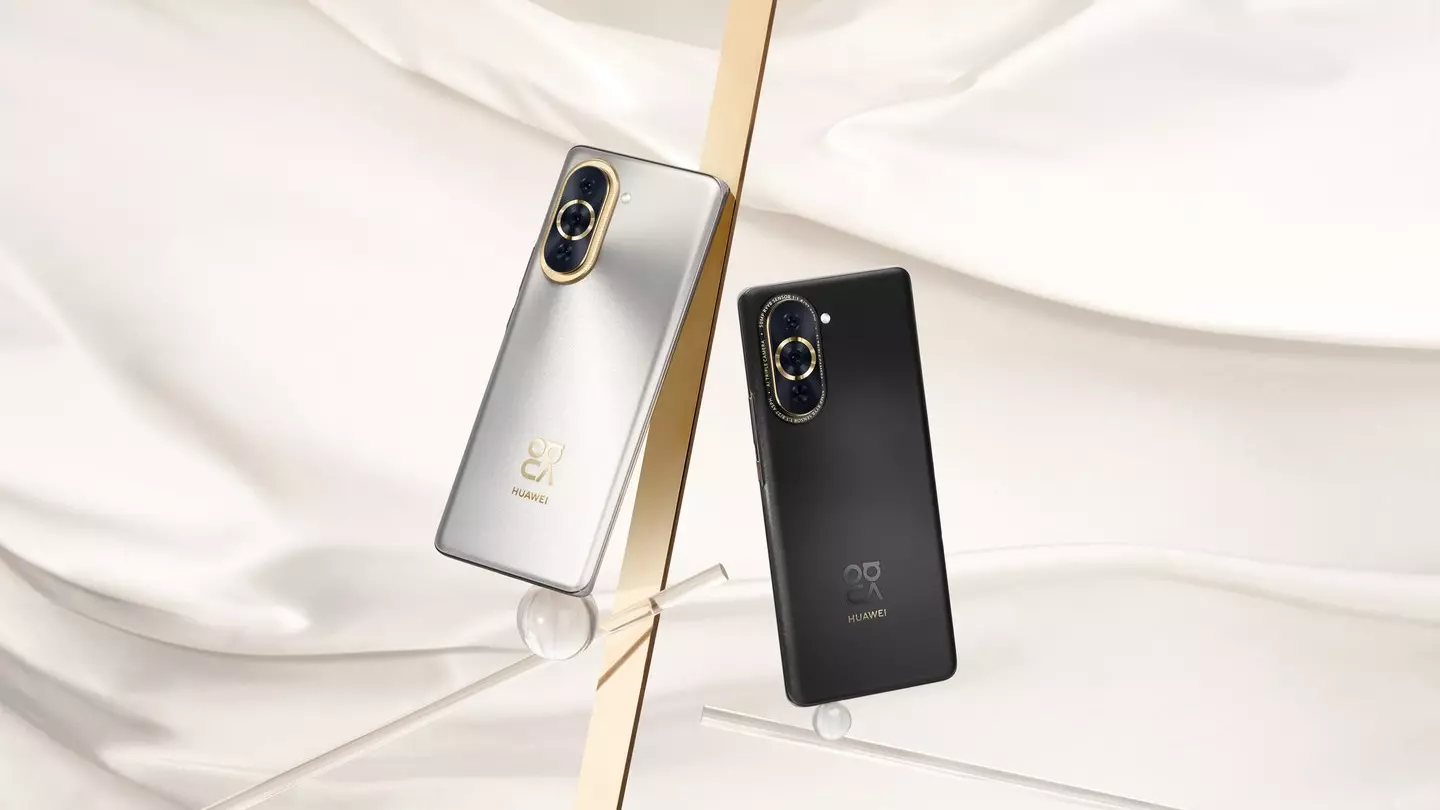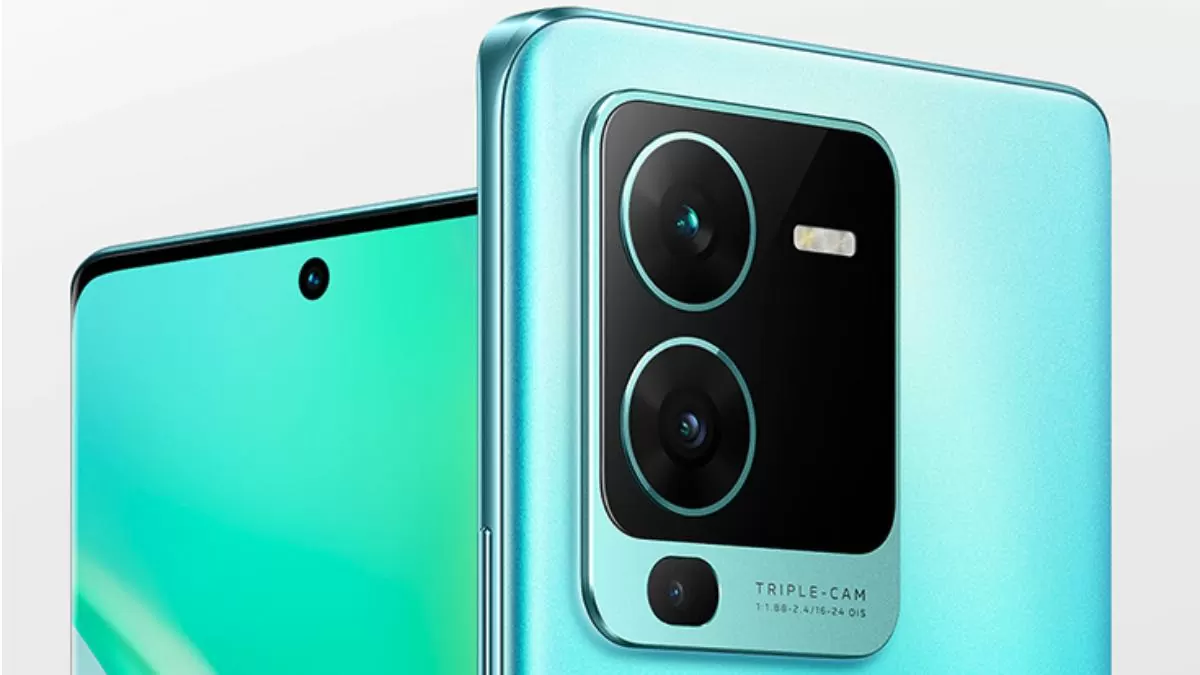Xiaomi 13 review
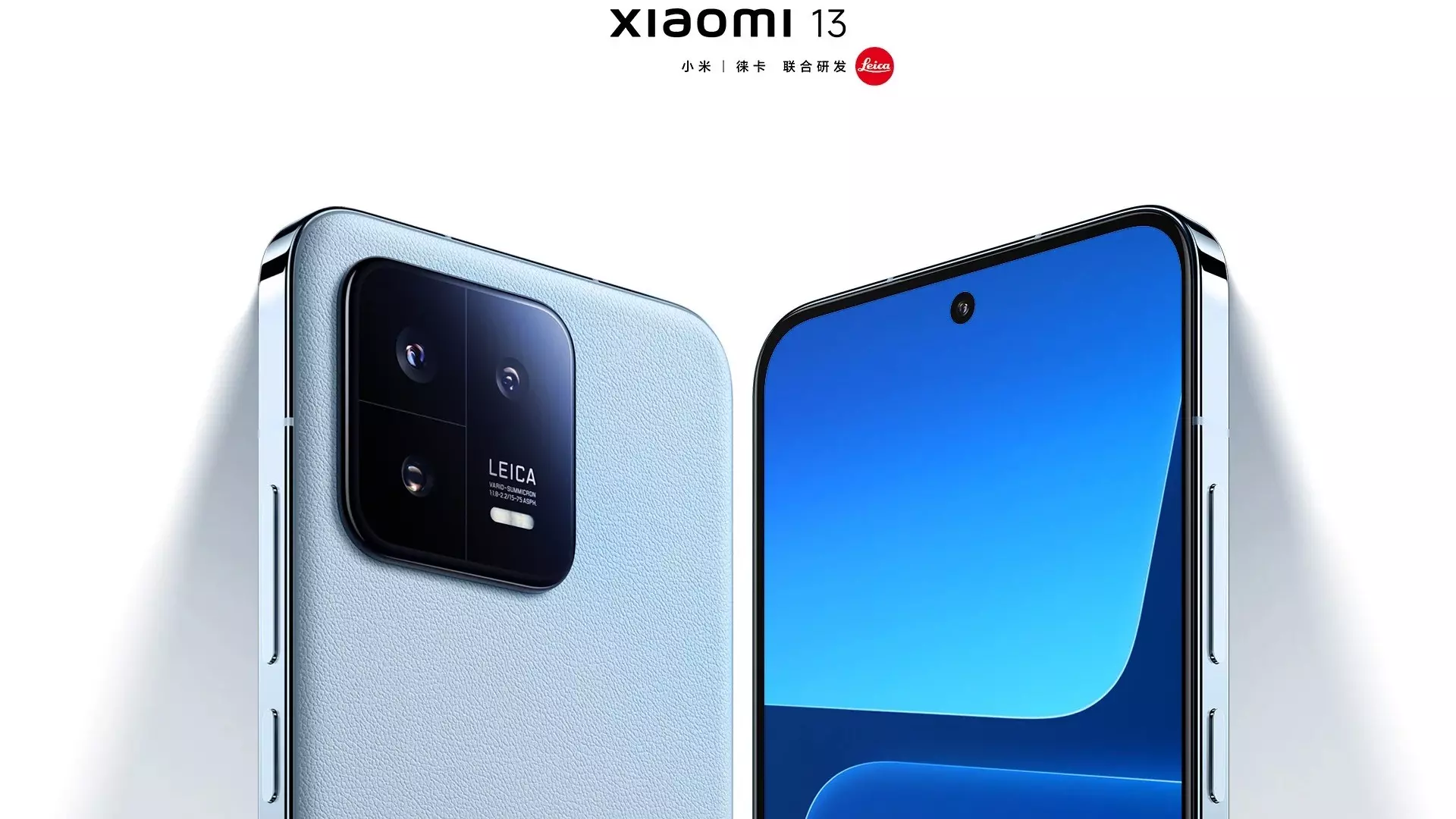
Content
If you are not aware, Xiaomi 13 Pro received a new processor, but otherwise it is almost a complete copy of the previous Xiaomi flagships. But today is not about him, but about … compact, small, with chopped edges, I repeat a FLAT display and a new chip inside. But it's still Xiaomi. The question is, is he the best?
We will test everything, we will find out everything, we will check everything!
Appearance and dimensions Xiaomi 13
The appearance is immediately catchy here: this is the Xiaomi we were waiting for.
2022 brought us compact and cool smartphones with flat displays: Pixel 6a (I miss it), ASUS ZenFone 9 (I still use it as my main one), and finally, the 13th Xiaomi happened.
Let's just compare their size and weight. And here everything falls into place: ZenFone 9 is the smallest, and Pixel 6a and Xiaomi 13 are almost identical in size, but Xiaomi is less thick and heavier.
- Pixel 6a: 152.2 × 71.8 × 8.9 mm, 178g
- Xiaomi 13: 152.8 × 71.5 × 8.1 mm, 189g
- ASUS ZenFone 9: 146, 5 × 68.1 × 9.1 mm, 169 g
- iPhone 14: 146.7 × 71.5 × 7.8 mm, 172g
- iPhone 14 Pro: 147.5 × 71.5 × 7.9 mm, 206g
 In general, all those who missed compact smartphones – look, we now have as many as five flagship devices: two iPhones and three Androids. Yes, and a flat display everywhere, somewhere at 60, somewhere at 120 Hz. Great trend!
In general, all those who missed compact smartphones – look, we now have as many as five flagship devices: two iPhones and three Androids. Yes, and a flat display everywhere, somewhere at 60, somewhere at 120 Hz. Great trend!
And Xiaomi 13 was released in eight colors at once: white, black, pastel blues and greens (the latter is reminiscent of the sage on the Pixel 6a), as well as bright limited editions: blue, green, red, and yellow. And here I can only feel sad that the most strict black version arrived to us, but how quickly …
About the materials: in our case, the smartphone has an aluminum frame and a glass back panel. In bright versions, the back panel, apparently, is made of plastic. At the same time, wireless charging is announced in all versions.
But what we immediately attribute to the minuses of our version is a glossy back, which is covered with fingerprints in seconds.
Display Xiaomi 13
In Xiaomi 13 installed OLED- 120Hz panel with support for Dolby Vision and HDR10+.
In HBM mode, the screen outputs a brightness of 1200 nits, and peaks up to 1900.
The display diagonal is 6.36 inches and, which is nice, the frames around the display are tiny and the same everywhere! The screen, by the way, turned out to be larger than that of the Pixel 6a – with the same dimensions: 6.36 vs. 6.1 inches.
 And here are the rest of the characteristics of this display:
And here are the rest of the characteristics of this display:
- Diagonal – 6.36 inches
- Matrix – OLED
- Frequency – 120 Hz
- Resolution – 1080 by 2400 pixels
- Density of pixels per inch – 414 PPI
- Peak brightness – 1200 nits (HBM), 1900 (peak)
- Dolby Vision, HDR10+
The display is covered with a protective film. By the way, in the kit, as always, the basic silicone case. It will do for the first time!
What can I say about the quality of the screen? It is good: the brightness margin is huge, deep blacks, especially in Dark Mode. By default, PWM was noticed, after which Anti-Flicker Mode was immediately found in the settings. In general, thanks to DC Dimming, which also works at both 60 and 120 Hz.
Snapdragon 8 Gen 2
Specifications, or rather the chipset, take us to the new model year because TSMC's Snapdragon 8 Gen 2 is installed here.
 Characteristics:
Characteristics:
- Qualcomm Snapdragon 8 Gen 2 Processor
- 8 cores (1+2+2+3), 3.2 GHz
- GPU Adreno 740
- RAM: 12 GB
- UFS 4.0 512 GB drive
There are 12 gigabytes of RAM with the ability to swap, and the drive in versions of 256 and 512 GB of the updated UFS 4.0 standard. In the 128 GB version – UFS 3.1.
Let's run the GeekBench 5 synthetic test. In this test, Xiaomi 13 scores 1447 points in the single-core test and almost 5000 in the multicore test. And in Compute, the smartphone gives out 9300 points.
For comparison, ZenFone 9 on Snapdragon 8+ Gen 1. 1268 points in a single-core test and almost 3.5 thousand in a multicore test. And in Compute, the smartphone gives out 6600 points.
In general, there is a difference between generations and the increase is serious: + 15% in single-core and more than 40% in multicore test and in Compute.
And here a logical question arises: how are things going with throttling with increased power …
We turn on the productive mode and half an hour of the test. The device produced an average of 347 GIPS, but the graph indicates that the power was constantly “jumping” and the maximum was not constant. In the last five minutes, there was also a 10 percent drop. CPU throttling eventually calculated that it delivers 88 percent of the declared power under continuous load.
In general, there is power, and it has grown, but questions about throttling remain … It will be interesting to see how other smartphones with such a chip will behave.
Communications
What upset me: the fingerprint scanner? It is on the screen and located at the bottom. Firstly, with a compact size, it seems more convenient if it is in the power key. Secondly, here it is located quite low, right at the bottom frame.
But what they did not save on was stereo. In the same analysis, one can see that the sizes of the speakers in both 13 and 13 Pro are the same.
In terms of communication modules, everything is top-notch: Wi-Fi 6e, Bluetooth 5.3 and NFC, all geolocation systems: GPS, GLONASS, BDS, Galileo, QZSS and NavIC.
- Wi-Fi 6e,
- Bluetooth 5.3
- NFC
- GPS, BDS, Galileo, QZSS and NavIC
In general, don't get lost in the city!
Camera Xiaomi 13
The camera is the strongest difference from the “pro”, which received a 50-megapixel Sony IMX989 1-inch sensor. This is the same camera as in Xiaomi 12S Ultra – no changes. Let me remind you, we did a detailed review about this smartphone and its photo capabilities.
The resolution of the main camera is 50 megapixels. There is a Sony IMX800 sensor with a 23 mm (equiv.) lens and f/1.8 aperture. There is optical image stabilization and phase autofocus.
Main camera – 50 MP
- Sony IMX800 sensor
- 1/1.49” (8.2 × 6.1 mm)
- Pixel size – 1 µm
- OIS, PDF
- 23 mm (equiv.)
- f/1.8
In addition to the main camera, there is a 10MP telephoto lens with a 75 mm (equiv.) f/2.0 lens and a 12MP ultra-wide lens with a 15 mm (equiv.) f/2.2 lens.
Tele zoom camera – 10 MP
- ISOCELL S5K3K1 sensor
- 1/3.75”
- Pixel size – 1 µm
- OIS, PDF
- 75 mm (equiv.), 3.2x zoom
- f/2.0
Ultra-wide-angle camera – 12MP
- OmniVision OV13B10 sensor
- 1/3.06 inch
- Pixel size – 1.12 µm
- No OIS and PDAF
- 15 mm (equiv.), 120 degrees
- f/2.2
From the curious: Xiaomi 13 features three sensor manufacturers at once: Sony, Samsung ISOCELL and OmniVision. From the sad – there is no autofocus in the ultra-wide. But the flagship …
Front camera 32MP OmniVision OV32C sensor. 22 mm equivalent lens focal length, f/2.0 aperture.
Front camera – 32 MP
- OmniVision OV32C sensor
- Pixel size – 0.7 µm
- 22 mm (equiv.)
- f/2.0
The main camera here is excellent, detailing is at a good level, there are no problems with color reproduction either. What I noted is a low oversharp, this is rare in smartphones.
It is curious that the camera can shoot in two modes – Leica Authentic and Leica Vibrant. The first is about natural colors, the second is about bright and saturated. And also from Leica there is a portrait mode and bokeh emulation. Sparsely for almost a year of cooperation…
Ultra-wide lacks detail and resolution, apart from autofocus. And every so often you need to do something with the exposure.
The video features were thrown to the limit: 8K 24 FPS or 4K at 30 and 60 FPS, and even Slow Motion in Full HD at 1920 FPS or 64x slowdown.
But in fact, only the main camera shoots video well: fast and tenacious focus, good stabilization. Moreover, and this is surprising, you do not need to turn on the Steady or Steady Pro mode – in my opinion, the optical one does the best.

In short, I would not say that the camera is the strong point of this smartphone. Maybe Google Camera can… But potentially this is a topic for a long experience… Write in the comments if it's interesting…
Battery Xiaomi 13
The Xiaomi 13 has a 4500mAh battery with support for 67W fast charging. The last one is included. It also has 50W wireless charging. This is the reason for choosing Xiaomi, if you want compact Android: Pixel 6a and ZenFone 9 don't.
 Let's see how long Xiaomi 13 lasts in our standard autonomy test. Launching YouTube reviews at 100 percent brightness over Wi-Fi.
Let's see how long Xiaomi 13 lasts in our standard autonomy test. Launching YouTube reviews at 100 percent brightness over Wi-Fi.
And what do we see – in 8 hours, Xiaomi 13 lost exactly half. So, you can count on 16 hours of work!
Software MIUI 14
A little about the software. Here is Android 13 with MIUI 14. We have a Chinese version, global has not yet been announced and at first glance you will see two screens of Chinese applications and widgets!
 The system traditionally supports five languages, including English. Google Play rolls here quickly and easily!
The system traditionally supports five languages, including English. Google Play rolls here quickly and easily!
There are many beauties in the system, as always: I liked the control panel, as well as large folders, but there is a bud. You can choose the size of all folders, not just specific ones.
I'll note the nice widgets, but that's all for now…
Conclusions
Let's summarize. Xiaomi 13 catches with its compactness and appearance. The new processor surprises with its power, but it throttles a little, and it is not clear whether questions are for Qualcomm or, nevertheless, for the manufacturer.
What did you like besides the appearance and the chip? Display – I have no questions about it. A minimum of questions to photos and videos on the main camera, but the rest, which do not reach the flagship level for a year. And this is strange for me personally.
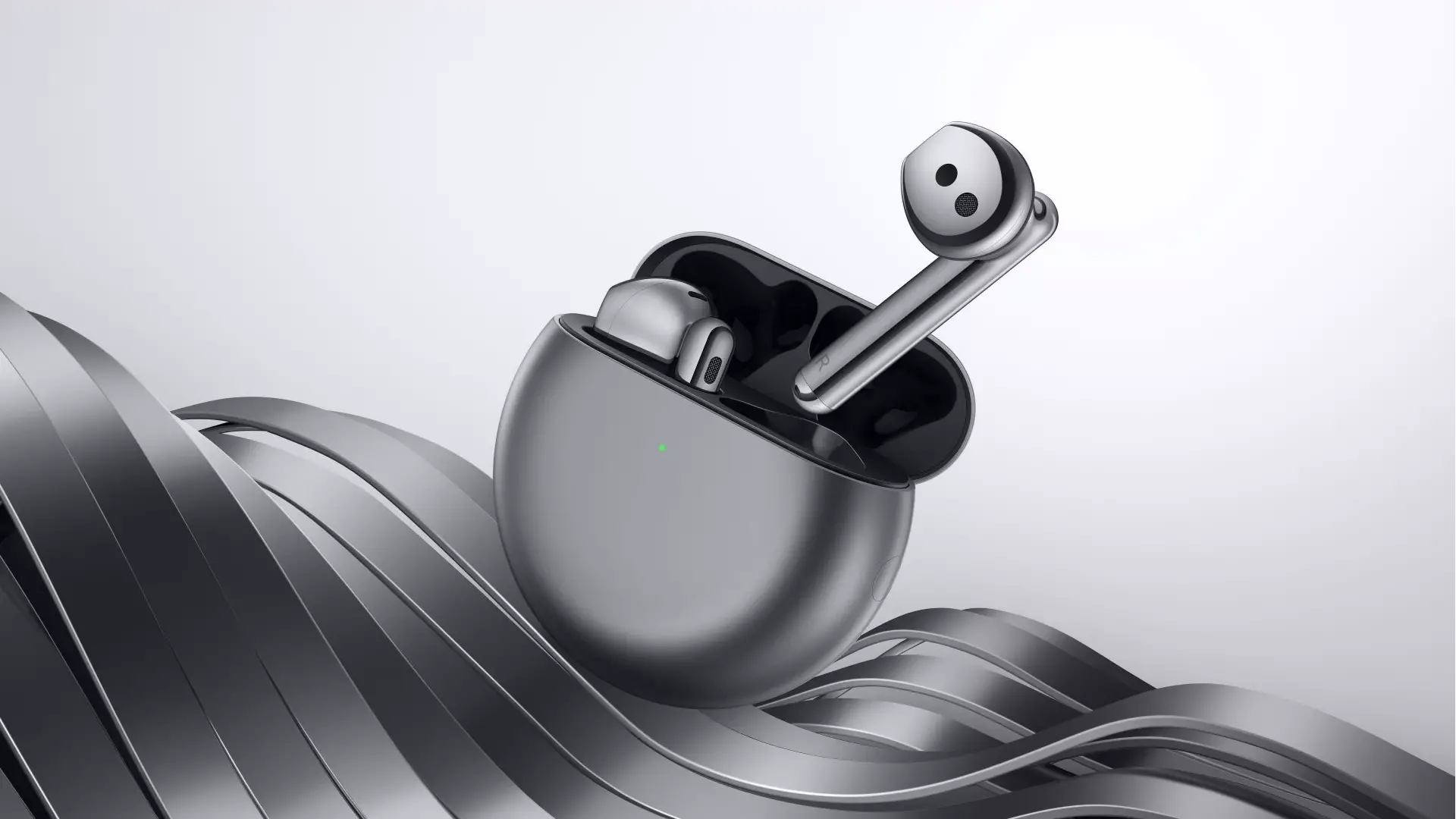 Huawei FreeBuds 4 Review
Huawei FreeBuds 4 Review
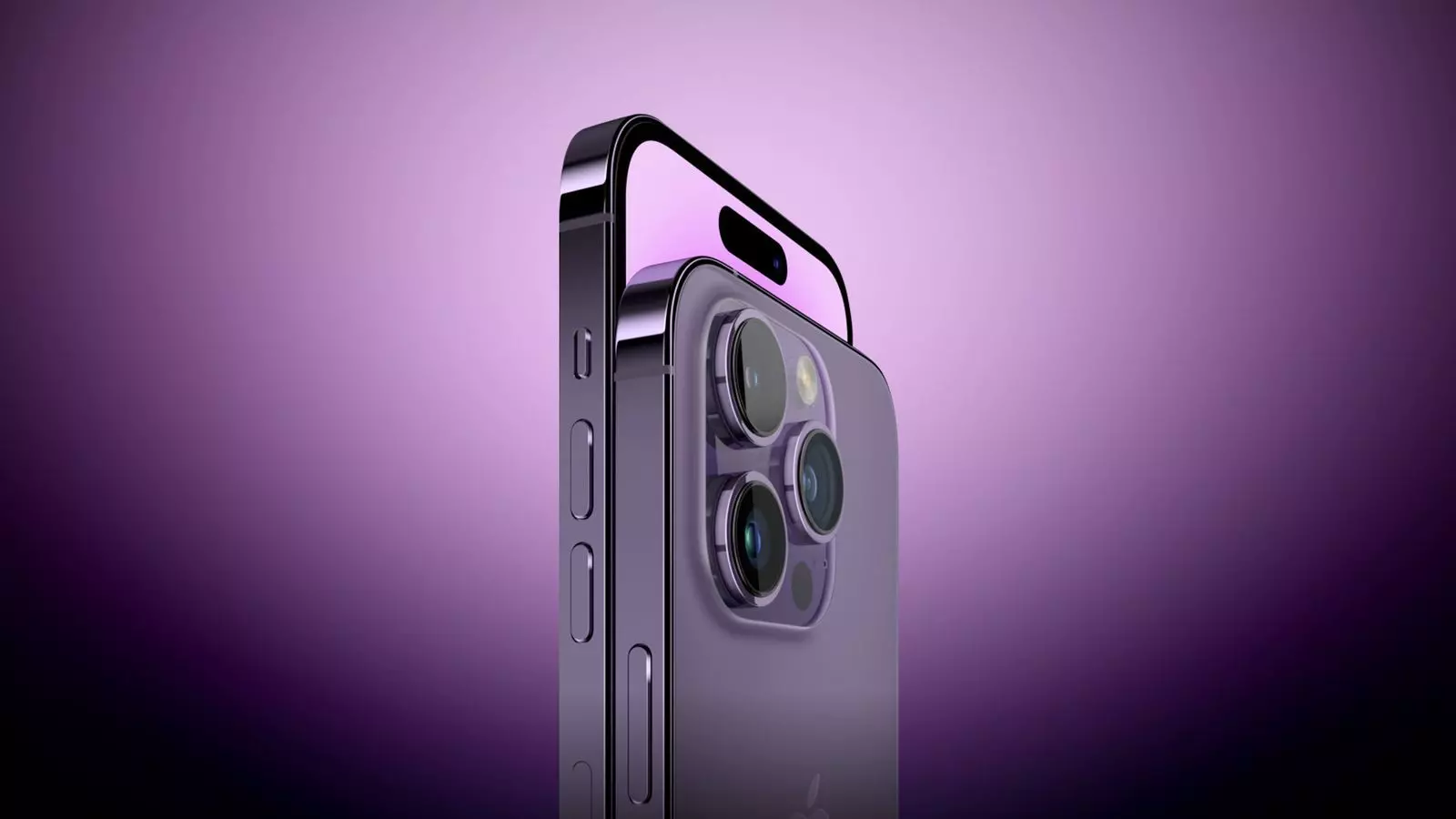 Apple iPhone 14 Pro Max Review
Apple iPhone 14 Pro Max Review

